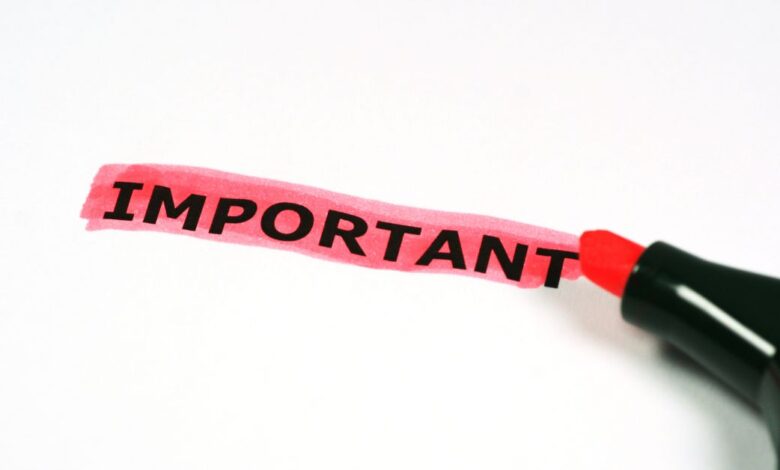The Significance of 97322349387 in the USA Mobile Number System

Mobile phones have become an integral part of modern life, and mobile numbers are our digital identities in this connected world. In the United States, mobile numbers play a crucial role in staying connected with friends, family, colleagues, and businesses. In this article, we will delve into the basics of USA mobile numbers, how they are structured, the importance of area codes, and how to understand and interpret them.
Anatomy of a USA Mobile Number
A typical USA mobile number consists of three distinct parts: the country code, the area code, and the local number. Let’s break down each component:
- Country Code: The United States’ country code is +1. When dialing from abroad, you would start with +1 to reach a USA mobile number.
- Area Code: The area code is a three-digit code that represents a specific geographic region within the United States. It’s used to narrow down the location of the mobile number. For example, 212 is the area code for Manhattan in New York City.
- Local Number: The local number is the unique identifier for an individual mobile phone within a specific area code. It is typically composed of seven digits, but this can vary.
The Significance of Area Codes
Area codes in the United States serve a crucial purpose beyond just geographic identification. They help route calls efficiently, and they also hold cultural and historical significance. Here are some key points to understand about area codes:
- Geographic Distribution: Each area code corresponds to a particular geographic region, such as a state or part of a state. This allows for organized phone number distribution across the country.
- Population Growth: As populations grow and the demand for phone numbers increases, new area codes are introduced. This is why some regions may have multiple area codes, especially in densely populated areas.
- Historical Context: Some area codes have become iconic and are associated with certain locations. For example, 212 is closely linked with Manhattan, while 310 is associated with parts of Los Angeles.
Understanding the Format
USA mobile numbers follow a specific format that makes it easy to recognize them:
(XXX) YYY-ZZZZ
- (XXX): The three-digit area code enclosed in parentheses.
- YYY: The next three digits represent the local exchange.
- ZZZZ: The final four digits make up the subscriber number.
For example, if you see a number like (555) 123-4567, you can identify it as a USA mobile number with area code 555.
Mobile Number Portability
One notable feature of USA mobile numbers is Mobile Number Portability (MNP). MNP allows mobile phone users to keep their phone numbers when switching service providers or plans. This flexibility ensures that phone numbers remain connected to individuals, even if they change carriers.
Related Article: Understanding the Mystery of 3023345743: A Deep Dive into the Enigmatic Phone Number
Caller ID and Scams
Caller ID, a feature that displays the calling party’s phone number, has become essential in identifying incoming calls. However, it’s important to be cautious, as scammers can use tactics like “spoofing” to display a fake caller ID. Always exercise caution when receiving unexpected calls, especially if they ask for personal information or payments.
Staying Safe and Informed
Understanding the basics of USA mobile numbers is not only helpful for making calls but also for recognizing potential scams and protecting your privacy. As technology evolves, staying informed about phone number-related trends and security measures is essential to navigate the ever-changing landscape of mobile communication.
Who Called Me From This Phone Number? Free Lookup USA
In today’s digital age, it’s common to receive calls from unknown numbers. Whether it’s a missed call, a prank call, or a potential scam, you may be curious to know who called you and why. Fortunately, there are several resources available for free phone number lookup in the USA.
- Online Phone Directories: Online phone directories like Whitepages, AnyWho, and Spokeo allow you to search for information about a phone number. Simply enter the number in the search bar, and if the information is available, you will be able to see the caller’s name, location, and other details.
- Reverse Phone Lookup Apps: There are also mobile apps like Truecaller, Hiya, and Caller ID that offer reverse phone lookup services. These apps use crowdsourced data to provide information about unknown callers. You can easily install these apps on your smartphone and use them to identify callers.
- Social Media and Search Engines: Another way to find information about a phone number is by searching for it on social media platforms and search engines. People often associate their phone numbers with their online profiles, so you might be able to find the caller’s name and other details through their social media accounts or online presence.
- Government Services: Some government agencies provide phone number lookup services to help individuals identify potential scams or fraudulent calls. Check with your local government or the Federal Communications Commission (FCC) for any resources they may offer.
Remember, while these resources can be useful in identifying unknown callers, they may not always provide accurate or complete information. It’s important to use them as a starting point and exercise caution when sharing personal information or engaging with unknown callers.
Conclusion
USA mobile numbers are more than just strings of digits; they are the keys to staying connected in an increasingly digital world. By understanding their structure and significance, you can make the most of this essential aspect of modern communication while staying vigilant against potential risks. Whether it’s knowing how to interpret a phone number or using lookup services to identify unknown callers, being informed empowers you to navigate the mobile landscape safely and efficiently.




